
- Introduction
- Company and our stakeholders
- Business model and value creation
- Strategy
- Results
- Risk management
- Corporate governance
- Methodology
CSR strategy areas
Orange Polska has embraced the Sustainable Development Goals (SDGs). The Company signed the Declaration of Partnership for Sustainable Development during a conference “The 2030 Agenda for Sustainable Development – goals for the world, challenge for the country, responsibility for all” organised by the Ministry of Development.
| Very important topics | GRI indicators |
|---|---|
| internet safety of family and children | GRI 102-2, 416-1, 418-1 |
| network accessibility and connectivity | GRI 203-1,2 |
| innovative ICT solution | GRI 203-1,2 |
| outstanding customer care | GRI 102-2 |
| privacy and data security | GRI 418-1 |
| responsible employer | GRI 102-8,41, 400-1,2, 403-1,2,3,4, 404-1,2,3, 405-1,2, 406-1, 408-1, 409-1 |
| support of entrepreneurship | GRI 102-2 |
| information for risks | GRI 416-1,2 |
| support of digitalization of business and regions | GRI 203-1,2 |
| development of digital competences | GRI 203-1,2, 413-1 |
| ethic and transparency | GRI 102-16, 205-1,2,3, 206-1 |
| transparent offer and communications | GRI 417-1,2,3 |
| Important topics | |
| ICT for health | GRI 102-2 |
| ICT for education | GRI 404-2, 413-1 |
| special offer for special groups | GRI 102-2 |
| procurement policy | GRI 102-9 |
| freedom of expression and human rights | GRI 403-4, 412-2 |
| eco-attitude and recycling | GRI 301-1,3, 302-1,4,5, 303-1, 305-1,4,3, 306-2, 307-1 |
| reduction of energy consumption | GRI 302-1,4 |
| Sustainable Development Goals | Reference |
|---|---|
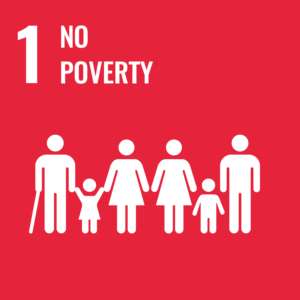 |
|
 |
|
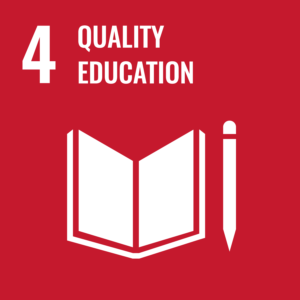 |
|
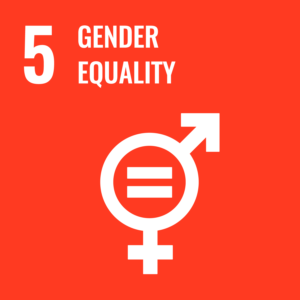 |
|
 |
|
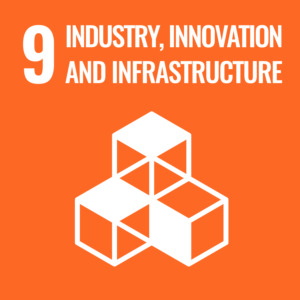 |
| Sustainable Development Goals | Reference |
|---|---|
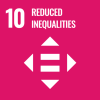 |
|
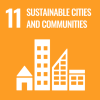 |
|
 |
|
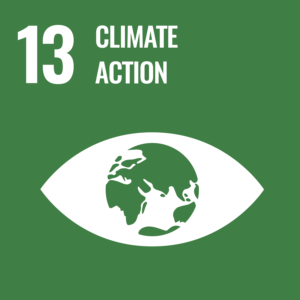 |
|
 |
|
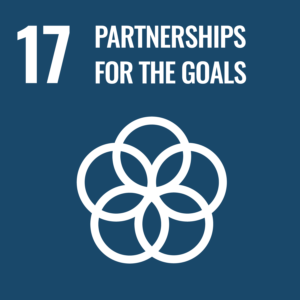 |
|
workforce data
The workforce data presented in this Report have been collected using the HR-Info system, which accounts for variables such as employee’s gender or position. The data fed to HR-Info are based on the data contained in the HR systems of the member companies of Orange Polska and are reported in line with the Orange Group’s.
standards managers
(employed under employment contracts as at the end of the reported period)
The management rate refers to middle to top managers employed under employment contracts. Employees are classified as “managers” on the basis of their employment groups, according to their competence profile, in line with the Orange Group’s standards.
accidents at work
This rate corresponds to the number of occurrences that were classified as accidents at work during the reported period. Under Polish regulations, this is ultimately determined by the date of the employer’s decision to recognise an occurrence as a workrelated accident rather than the date of accident itself.
environmental data
Environmental data are based on reporting to the INDICIA database. In 2017, Orange Polska reported about 100 environmental indicators on a quarterly basis.
energy
Electricity consumption is determined on the basis of the actual data from the Electrical Energy Database, where they are recorded from invoices, for each meter separately. The data for Q4 2019, however, have not been received by the publication date of this Report. Therefore, electricity consumption for the period has been estimated as the mean daily consumption times the number of missing days in particular months.
Fuel consumption refers to the total consumption of all fuels (heating oil, diesel oil, petrol and heavy fuel oil), excluding motor vehicles. Indicators adopted for calculating energy in GWh are set by the Group and are subject to independent verification at Group level.
transport
The CO2 emissions from “short haul” air travel of the GHG Protocol (180 g CO2/km passenger) were used for all flights (short-, medium- and long-haul).
CO2 emissions
For electricity consumption, the emissions are calculated according to the GHG Protocol (2009) with the most recent update (2012). Emission factors for fuels (gas, fuel oil, coal, petrol, diesel oil and LPG) are derived from the GHG Protocol (2007). Emission calculations are conducted at the global level using emission factors derived from IAE (International Energy Agency), in its updated version of January 2017
emissions from refrigerants
Reporting of refrigerant emissions, which are included in Scope 1 emissions, is not yet exhaustive; even though this emissions item is negligible (Carbon 4 study on Bilan Carbone), the Group is working to improve monitoring of these emissions. electronic and electrical waste collection.
The “E-waste collected from customers” corresponds to the total amount of handsets, desktop telephones and multimedia devices delivered to sale outlets, sent by mail or collected by service providers. This also accounts for waste mobile phones of Orange Polska’s employees as well as batteries and chargers collected. This indicator is not used in the Group companies which do not have the relevant channel for e-waste collection and recycling. The rate is calculated by dividing the number of mobile handsets collected by the number of mobile handsets sold by Orange through controlled channels.